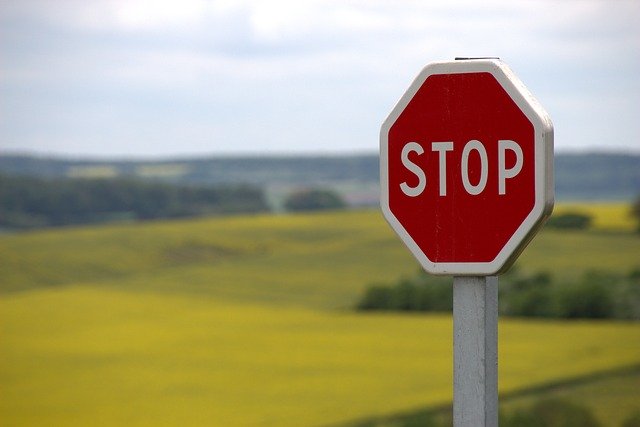What Do Road Sign Shapes and Colors Mean?
It is important that drivers understand and obey the rules of the road in a particular area. Traffic control signs bear a lot of the responsibility for communicating regulations, warning of dangers, and facilitating safe and efficient traffic flow. Because it is hazardous for drivers to take their eyes off the road for more than a few seconds, these signs have to communicate a lot of information in a very short time. Part of the way that traffic signs transmit this information is by using shapes and colors that represent certain concepts and instructions.
Road Sign Shapes
The shapes used for certain road signs are so specific and distinctive that in some cases you may know what they mean from the shape alone. For example, even children who cannot read yet know that an eight-sided hexagon means “stop,” even without the color. Similarly, “yield” signs come in different colors, either yellow with black lettering or red and white, but by the upside-down triangle shape, you know that you should slow down and look for oncoming vehicles and other possible obstacles.
However, a similar shape that is oriented differently can mean something vastly different. For example, a pennant sign is another type of triangle, this time an isosceles triangle on its side with the two long pieces seeming to point at the road. When you see this sign, it means you are entering a no-passing zone and need to stay in your lane.
Other road sign shapes have their own specific meanings:
- Circle: Identifies railroad tracks, typically with a black “X” in the middle representing the crossing
- Pentagon: Denotes the presence of children in a school zone
- Vertical Rectangle: Communicates regulations, such as speed limits
Road Sign Colors
When you know what road sign colors mean, you can identify what they are trying to communicate without reading the sign or noticing its shape. Green, red, and yellow are used on road signs and in traffic signals alike to communicate when it is safe to go, when you need to stop, and when you must slow down and use caution.
Signs that are regulatory, i.e., tell you where to go and how fast, usually appear as white with black lettering. An orange sign alerts you to be extra cautious because there is road construction in progress that can present a hazard.
Some road signs are not instructive but informational, letting you know about travelers’ amenities or points of interest in the area. These signs, too, have their own colors, with the former being blue and the latter being brown.



